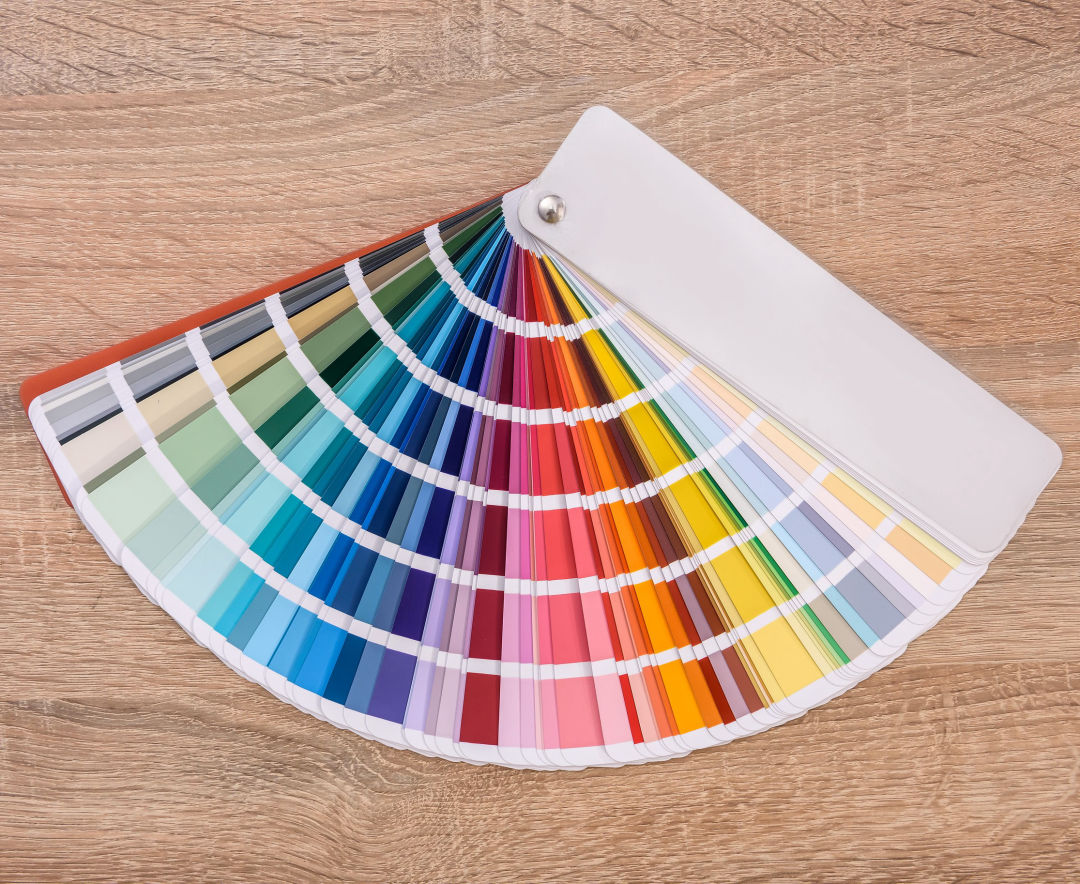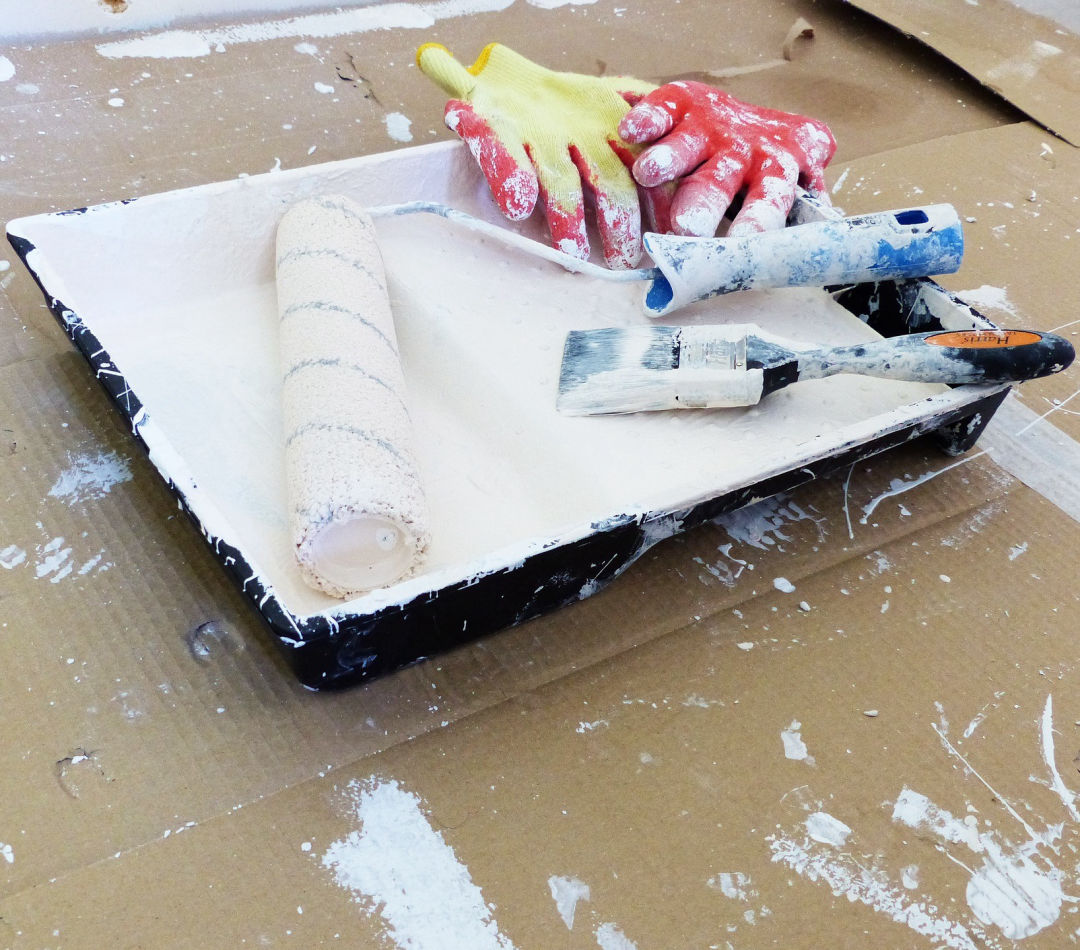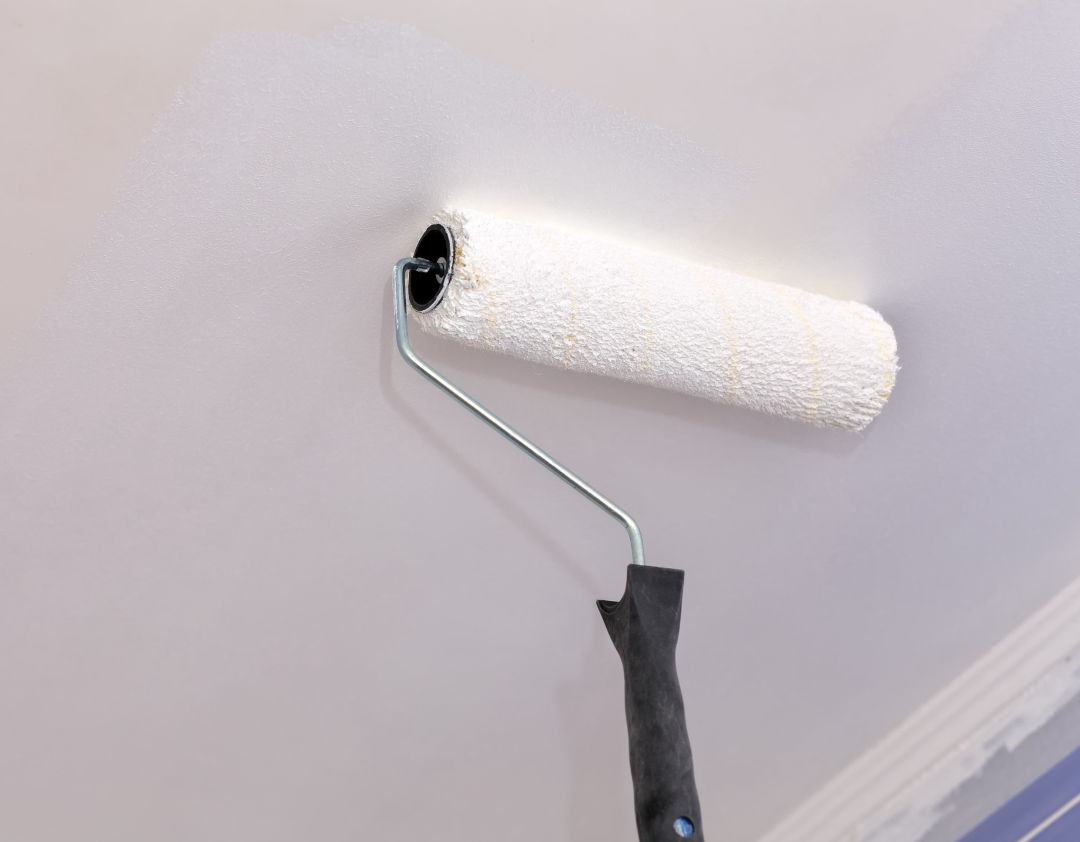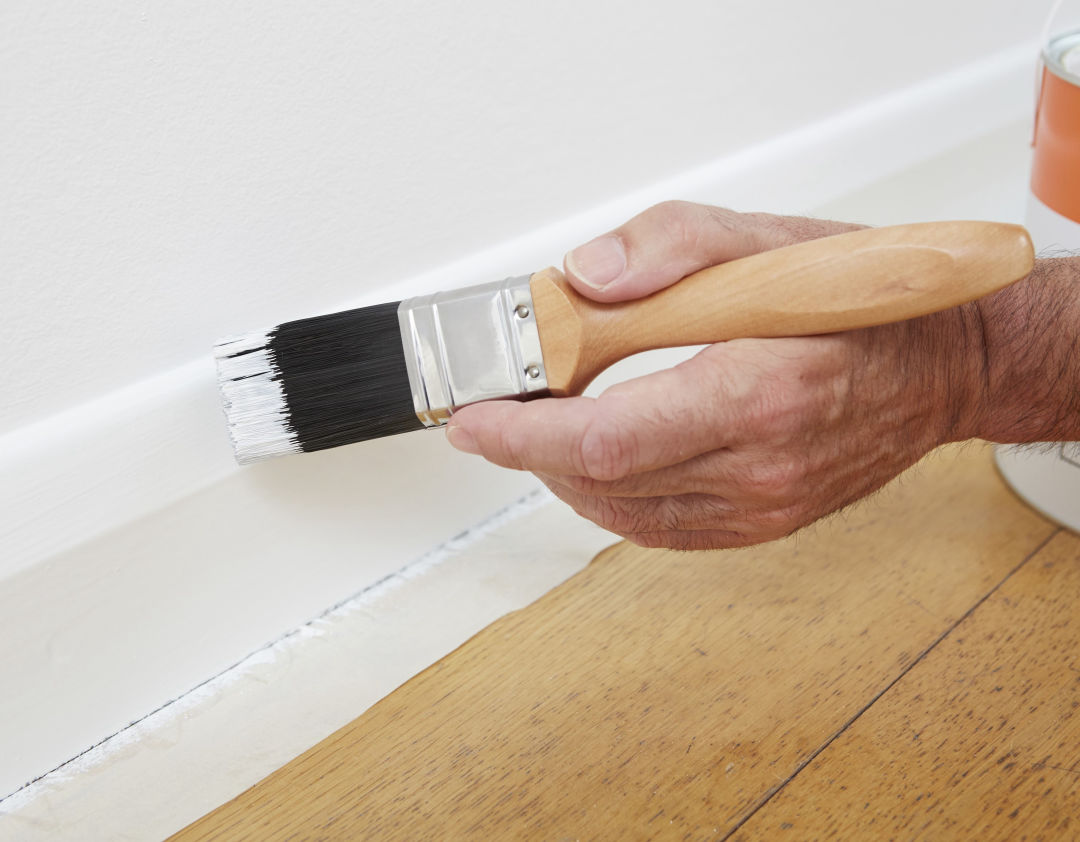Choosing the Perfect Shade
Before you start painting, it is crucial that you carefully consider your options when it comes to selecting the right colour scheme for your rooms. Choosing a colour that brightens your room and makes you feel good is vital, but it is also essential that you consider the tones and styles of your furniture and flooring too. You might want to paint your walls light blue, for example, but if your sofa is cream, the colours might clash. Blue tends to have cool undertones, while cream is generally a warm-toned colour. There are certain exceptions to the rule. A combination of grey and yellow, for example, can give your room a fresh contemporary look
Get a Pantone colour palette (pictured) from your local DIY or hardware store and place your chosen strip next to or on top of your sofa, carpet, etc. to see if the colours look good together. When you have chosen your perfect shade, take it back to your store, and they will mix the paint for you.





